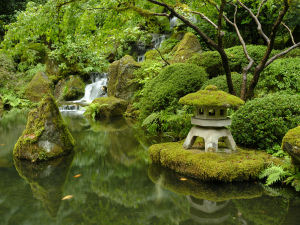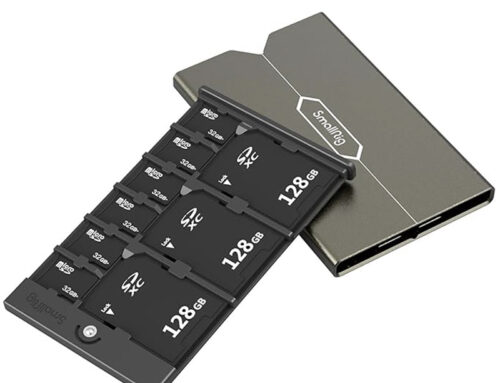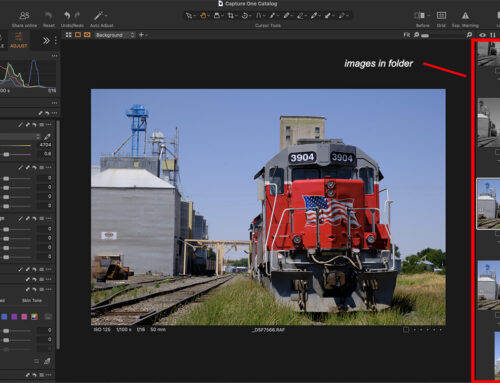I’ve been a long time Fuji X camera system aficionado, from the X-T1, X-E1, X-T2 and most recently the newly released X-T3. I’ve loved these cameras since they came out. The ergonomics, the logic for how the functions are laid out and most importantly, the incredible image quality that comes out of these cameras. Even the jpegs straight out of the camera, Fuji has nailed it.
A couple of years ago, Fuji released a digital medium format camera, the GFX 50s, sporting a 50mp sensor. It was one of the few “affordable” digital medium format cameras, had a family resemblance to the X line of cameras and had a ton of positive reviews. At the time of release, I was very curious about it…..I thought I would like one, thought I would like to explore what a medium format digital camera could offer. My GAS (Gear Acquisition Syndrome) was kicking in pretty hard when this camera came out. However, cooler heads prevailed as I talked myself out of buying this camera. At the time, my X series cameras did everything I needed them to do, there was nothing that I “needed” in my photography gear that wasn’t being met by my current cameras (well, maybe a couple things I thought I needed). And, with the GFX, I would need to invest in GF lenses for the camera. The X lenses would not work on this body due to sensor size, flange distance, etc. So basically, I’d have to invest in a whole new camera system!!! Not to mention, I might lose redundancy as I bring a back up body when I travel to locations and having two systems meant I wouldn’t have backups within a system, I’d have to bring both different bodies and a quiver of different lenses to support each body. And, I told myself, the GFX was really made for studio and portrait work, not the landscape and wildlife shooting that is my passion. By the end of my internal discussion, I had convinced myself that I didn’t need the GFX and I could comfortably not have any remorse for not buying it. GAS bullet successfully dodged!!!
Fast forward a couple of years…..I’ve been happily living with my X series cameras, teaching workshops, shooting fine art landscape and travel images for myself…..all is good. The hype for Photokina 2018 is ramping up and Fuji is planning on releasing the new X-T3 and new medium format GFX 50R (rangefinder) cameras. Knowing that I am supremely happy with the X series, I already know that I will get an X-T3 at some point soon to take advantage of technological progress in the series. Then all of a sudden, the GFX 50S starts creeping back in to my head. I find myself researching this camera again, reading reviews and watching videos. The more info I took in on this camera, the deeper the hooks were sinking in me. And, knowing that a new crop of cameras are coming out, there is a good chance that the prices on the used market will drop to a more affordable level. Long story short, I stared searching the classifieds, communicating with several sellers and then finally, the right deal came along and I sealed the deal to buy a GFX 50s and a GF 32-64mm lens. As I was anxiously awaiting the arrival of the camera, I happened to see a GF 120mm Macro listed in the local classifieds, at a price that was significantly lower than other classifieds. I quickly snapped that lens up and figured I now had a basic set up, enough for me to use this new system in a creative manner with a range of focal lengths that should be adequate for how I intend to use the camera.
Ready…Set…Go!
I had a few days with the camera around the house before I was able to get out in the field to shoot with it for the first time. My very first impression taking it out of the box was that it is built like a tank….solid, heavy and substantial. After coming from lightweight X series cameras, this was definitely a change in weight and size. About the same as my old Canon DSLR with grip. I took the body cap off to check out the sensor and BAM that thing is huge!!! The lenses are wonderfully proportioned to the size of the camera. Don’t get me wrong, these aren’t small X lenses, these are big compared to what I’d been shooting. As I held it, it felt like a Fuji. All the familiar dials, buttons in similar locations, same tactile feel of materials….it was a finely made Fuji product for sure!
I spent some time checking out all of the menus (very similar to my X cameras) and made sure that everything was set to my liking. Things like how the camera utilizes its dual card slots, image quality capture, the Q menu options and the displays….all set to what I was used to on my X-T2.
I finally had an opening and planned on a quick shoot in the Portland Japanese Garden. The morning was overcast with occasional rain showers. I brought the GFX and two lenses, tripod, and a Singh-Ray polarizer to knock back the glare from the water on everything. Once in the garden, I made a conscious effort to slow down, clear my mind and get in touch with the surroundings, tuning in to colors, shapes and textures around me. I finally pulled out the camera and started to get to work.
It was an absolute joy to shoot with this camera. It was familiar enough since it is in the Fuji family, yet, what I found as I worked the gardens is that it caused me to slow down in my shooting. I took more time with each shot, wanting to get the composition just right, make sure that it was focused exactly as it needed to be, etc. I knew that shooting with a 50mp medium format sensor, if my technique wasn’t good, the images would suffer. )Brief aside here….I see so many people with incredible resolution camera (D850, A7iii, etc) and the technique is horrible. Or, the cameras are on bargain tripods or elevated on center columns. And then seeing the results, a highly resolving camera will suffer no fools!)
I spent an hour working the garden using the GF 32-64mm lens, shooting familiar scenes as well as trying out different shots as a way of testing the camera. Then, I switched out for the 120mm Macro lens and did another lap of the garden. I only own a couple of prime lenses and trying to compare the use of the two lenses is folly. Having zoom capabilities versus a fixed focal length….I had to think differently and compose differently, even in the same locations. It was actually kind of fun to observe the difference in shooting between the two lenses. I didn’t prefer one over the other…they were both great for what they are and how they performed. After a couple of hours the clouds were starting to part for the sun to make harsh shadows and the crowds of people were arriving to enjoy the garden so it was time for me to head home.
I had set up the camera to shoot raw to card 1 and jpeg to card 2. As I shot I made sure to utilize the different film simulations for the jpeg images in order to evaluate/validate Fujis outstanding work that I know from the X series cameras. When I got home and downloaded the images to my computer, I sat down to take a look at the result. When I opened up that first jpeg, a huge smile spread across my face! The image was drop dead gorgeous straight out of the camera!!!! I opened another and WOW, same results. And another….and another…..I was blown away by the images I was seeing.
Yes, having 50mp is an incredible amount of information to capture all the lush details and textures and colors, yet it is so much more than that. The best I can describe it, it’s the quality of the information recorded and transcribed. There is a lushness to the image, a buttery smoothness to the images, while still being incredibly sharp and detailed. Its almost an analog feel, yet with the incredible resolution of digital. When I looked at the raw files, not having the Fuji film simulation processing applied to them, they were incredible as well. As I processed a couple through Lightroom and Photoshop, or Luminar and then judged the output, I was again blown away by an indescribable quality to the image. Not to mention the joy in processing these images, how I could finesse the file with ease to achieve the desire results. I cannot wait to use this camera in a more varied environment and capture a wider selection of images. I’m completely confident I will be blown away all over again.
With my X series system, I have 6 different lenses ranging from 16mm to 400mm for any possible shooting situation. With the GFX system, I only have two lenses. Am I worried that I’ll miss something? No, not really. I do have a thought that I might like more lenses so that I can have “just the right” lens for the situation, but in the end, I don’t think I’ll need it for how I plan on using this camera. Beautiful landscapes, seascapes, intimate nature shots and abstracts. All of those I can confidently capture with the two GF lenses I have.
I did a short video talking about the GFX. You can check it out here
Stay tuned for more posts about my experience with the GFX. And below are a few sample shots from the Portland Japanese Garden (sorry you can’t see in their full res glory on the blog)
Thanks for reading.
John
www.jpedersenphotography.com












Leave A Comment